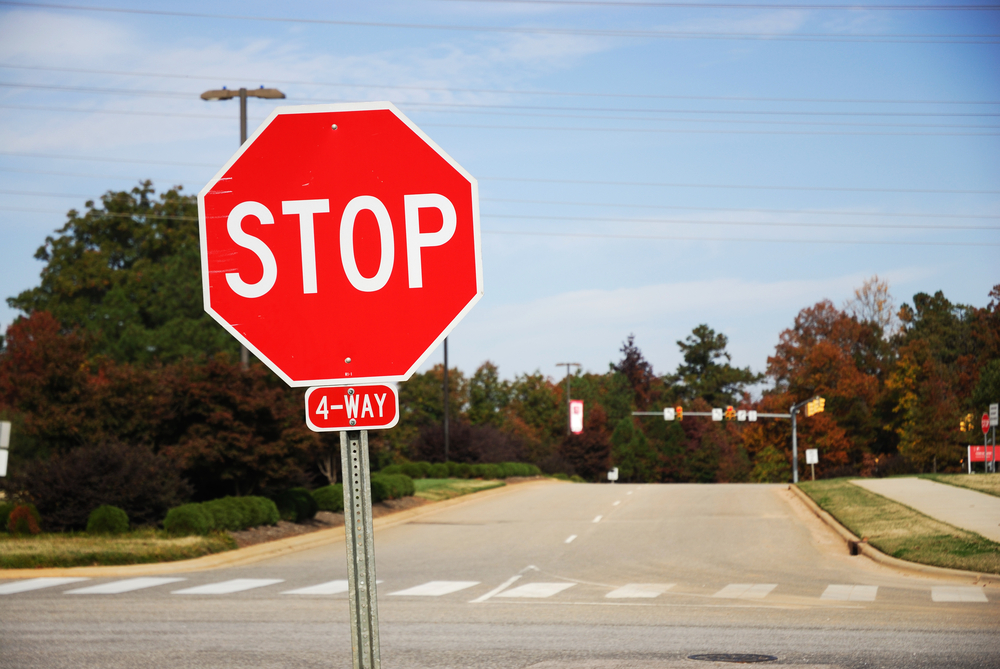-
English
-
English Pre-K
-
Unit 1: Early Literacy Skills
-
ABCs
- Pre-writing Activities
- Letter A
- Letter B
- Letter C
- Letter D
- Letter E
- Letter F
- Letter G
- Letter H
- Letter I
- Letter J
- Letter K
- Letter L
- Letter M
- Letter N
- Letter O
- Letter P
- Letter Q
- Letter R
- Letter S
- Letter T
- Letter U
- Letter V
- Letter W
- Letter X
- Letter Y
- Letter Z
-
Phonological Awareness
- Rhyming Words
- Letter Sounds B, C, D, and F
- Letter Sounds G, H, J, and K
- Letter Sounds L, M, N, and P
- Letter Sounds Q, R, S, and T
- Letter Sounds V, W, X, Y, and Z
- Letter Sounds A, E, and I
- Letter Sounds O and U
- Beginning Sounds
- Matching Letters to Sounds
-
ABCs
-
Unit 2: Vocabulary
-
Common Words
- Sorting Words into Categories
- Color Words
- Verbs and Adjectives
-
Sight Words
- Sight Words 'I' and 'Can'
- Sight Words 'You' and 'Like'
-
Common Words
-
Unit 3: Print Awareness
-
Parts of a Book
- Working with a Book
- Spaces Between Words
- Text and Illustrations
-
Picture Books and Poems
- Picture Book Text Features
- Poem Text Features
- Signs and Labels in the Community
-
Parts of a Book
-
Unit 4: Reading Literature
- Questions About Stories
- Discussing Stories
-
Unit 5: Reading Informational Texts
- Retelling Details in a Text
- Questions About a Text
- Connections Between Events
- Text Features
- Describing Illustrations
-
Unit 1: Early Literacy Skills
-
English Pre-K
-
Math
-
Math for Pre-Kindergarten
-
Logic and Geometry
-
Matching and Sorting
- Same and Different
- Which One Is a Little Different?
- Objects That Go Together
- Sorting by Color and Size
- Sorting The Same Group in Different Ways
- Patterns
-
Shapes
- Shapes in Our Environment
- Naming Shapes Regardless of Size
- Making Shapes in Preschool
- Comparing Shapes
- Relative Positions
- Sorting Shapes
-
Matching and Sorting
-
Early Number Sense
-
Numbers 1–5
- Counting to 3
- Counting to 5
- Arranging Objects up to 3 Objects
- Arranging up to 5 Objects
- Writing Numbers 1–5
-
Numbers 1–5
-
Numbers up to 10
- Counting to 10
- Arranging up to 10 Objects
- Number 0
- Writing Numbers 6–10
- Breaking Down Numbers 6-10
-
Logic and Geometry
-
Math for Pre-Kindergarten
Signs and Labels in the Community
While you’re driving from place to place in your neighborhood, I’m sure your little chatterbox keeps the conversation flowing. “Daddy, whenever you see the red sign shaped like an octagon you need to stop”. “Can we go to Target so I can buy a new toy?” “Mom that sign on the cereal says free, can we have some?” Where is all of this language coming from?

It may seem like your child has just exploded with awareness of print in their environment. The truth is, they have been watching and noting patterns all along. As print awareness increases, your toddler is connecting this environmental print to his own needs and desires.
Teaching your child to read environmental print is a steppingstone to independent reading. Restaurant logos, billboards, and signs feature products that your child recognizes. Most of these signs are paired with pictures that your child relies on to construct meaning. Beginning readers are ready to tackle simple sentences composed of sight words and common signs and symbols.
Try an easy hands-on activity to practice reading signs. Cut out pictures of signs you know your child can recognize. Create an anchor chart with a repeated sentence frame:
I can see ____________. (Wal Mart)
I can see ____________. (The Zoo)
I can see ____________. (The Public Library)
Dictate daily activities to model your awareness and constant use of print in your environment:
Let’s find the sign that says “produce” because we need some corn for dinner. Okay now do you see a sign for the bakery? I’d like to try some blueberry muffins this week.
There are some signs that you want to teach your child early on because they will need them in their daily interactions. These commonly used signs can aid your child in staying safe and knowing where to go.
Some signs that you may want to teach your child are:
Boys and Girls (for bathroom use)
Hot and Cold
Street signs in your neighborhood
Caution
Beware
Stop and Go
Head to Kids Academy to practice recognizing common signs in the community.
Is your toddler headed to school soon? If so, your child will need a basic knowledge of reading signs. They should attend to signs that show where supplies belong and how to organize their personal belongings. Many classrooms use signs to label centers and parts of the classroom. You can mirror these signs at home to reinforce this structure for your child.
Key Takeaways
- Model using signs as a reference in your daily routines.
- Teach safety signs for your child to access when you are not around.
- Consider labeling items at home to help your child organize their belongings.




